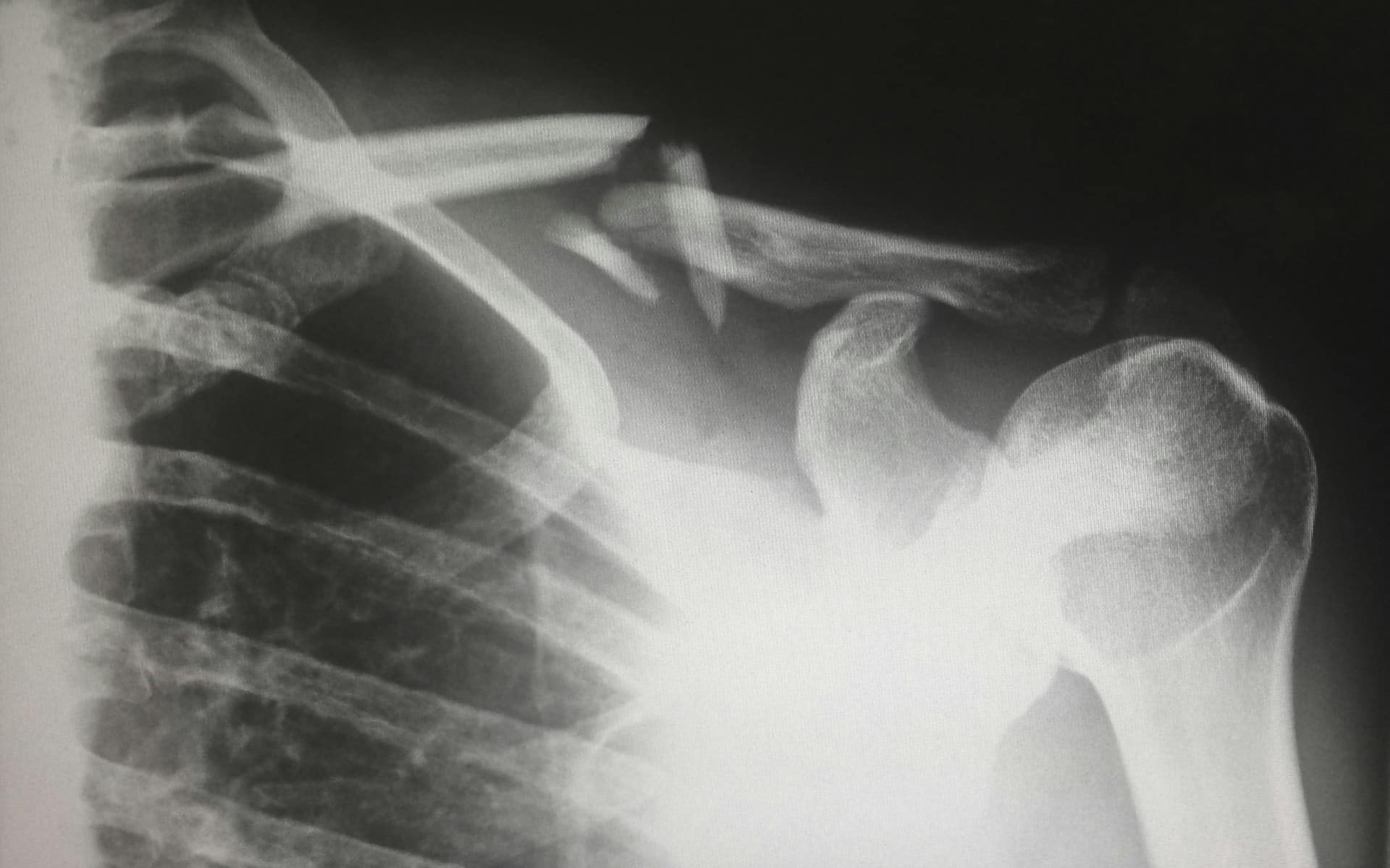What Are the Key Steps to Rehabilitate a Bird with a Broken Wing?

Taking care of our feathered friends in the wild is a responsibility we all share, yet few know what to do when coming face to face with an injured bird. Imagine a scene where you stumble upon a bird with a broken wing, the animal is in clear distress, unable to fly, and vulnerable to predators. So, what should you do to help? This article will guide you through the key steps to rehabilitate a bird with a broken wing and will advise you on how to provide the best care possible.
Locating the Bird and Assessing its Condition
Finding a bird with an injured wing is often a scene of discomfort and helplessness. The young, wild bird might be in obvious pain, and it is our instinct to want to help. However, it’s essential to approach the situation rationally and not let emotions cloud your judgment. A bird is a wild animal, and it’s important to assess their condition before intervening.
A lire aussi : How to Choose the Right Dietary Fiber for a Dog with Gastrointestinal Issues?
First, ensure your safety. Birds can carry diseases that are transmissible to humans, and a stressed bird might peck or scratch in self-defense. Therefore, wearing gloves and avoiding direct contact with the bird as much as possible is crucial.
Next, observe the bird. Is it a baby bird or an adult? Does it appear sick or just injured? Is it aware of its surroundings? Answering these questions will give you a better idea of what kind of help the bird might need.
Sujet a lire : How to Effectively Use a Puzzle Feeder with a Food-Motivated Cat?
Handling the Bird with Care
Handling an injured bird requires utmost care. Remember, this is a wild creature you’re dealing with, and your actions could either help or further harm it. Your intention is to cause the least amount of stress and to prevent further injuries.
When picking up the bird, gently cover it with a soft cloth or towel to minimize stress. Birds can be terrified of human interaction, so this will help to keep the animal calm. Gently pick it up, supporting its body and wings, and place it in a ventilated, secure box with the cloth.
Avoid feeding the bird or giving it water. Its dietary needs can be very specific, and inappropriate food or water can cause harm. Plus, a bird with a broken wing may be in shock, and introducing food or water could worsen its condition.
Getting the Bird to a Wildlife Rehabilitator
Once the bird is secure, your next step is to find a wildlife rehabilitator. They are professionals trained in caring for and rehabilitating wild animals. They will provide the necessary medical care and nurture the bird until it can be released back into the wild.
Depending on where you live, you can find a local wildlife rehabilitator through an online search. Make sure to contact them as soon as possible to describe the bird’s condition and to arrange for care. Remember, time is of the essence, as the sooner you can transfer the bird to professional care, the better its chances of survival.
Providing Temporary Care
While you’re waiting for a response from the wildlife rehabilitator, there are things you can do to help the bird. Keep the box in a quiet, dark place away from pets and children. This will reduce the bird’s stress levels and help it remain calm.
Monitoring the bird’s condition is also essential. If the bird begins to act lethargically or show signs of distress, contact the wildlife rehabilitator immediately. Remember, do not try to provide water, food, or medical treatment to the bird yourself. This can result in harm to the bird and is best left to professionals.
Understanding the Rehabilitation Process
Once the bird is with the wildlife rehabilitator, they will determine the best course of action. The bird may require surgery or a splint for its broken wing, and it will likely need time to heal and rehabilitate. Understand that this is a process, and it may take weeks or even months for the bird to fully recover.
During this time, the bird will be cared for by professionals who understand its dietary needs, social behaviors, and habitat requirements. They will ensure the bird heals correctly and is capable of surviving once released back into the wild. Rehabilitation is a labor of love, and understanding the commitment needed to heal a bird with a broken wing is essential.
In conclusion, finding a bird with a broken wing can be a distressing experience, but remember that you can make a difference. By acting quickly, handling the bird with care, and getting it to a wildlife rehabilitator, you can increase the chances of survival and help return this wild creature to its natural habitat.
The Journey to Recovery: Rehabilitation at a Bird Sanctuary
Once you’ve handed over the injured bird to a wildlife rehabilitator, the healing and rehabilitation journey begins. Reputable bird sanctuaries, which usually function as wildlife rehabilitation centers, are prepared to handle all types of avian emergencies. They are fully equipped with medical facilities and trained staff to help the bird recover from its injuries.
If it’s a baby bird, extra care will be given to ensure its survival. Young birds might require round-the-clock care and feeding to ensure they grow strong and healthy. On the other hand, an adult bird with a broken wing might require surgery or a splint. The rehabilitator will assess the condition of the bird and make the necessary medical decisions.
During the rehabilitation process, the bird’s diet is carefully managed. Providing the right food and water is crucial to the bird’s recovery. A balanced diet helps in strengthening the immune system, healing the broken wing, and improving the overall health of the bird. The diet of wild birds can be very specific and varies from species to species. The bird sanctuary staff, having the experience and knowledge about different bird species, are equipped to provide the right type of food to the injured birds.
While in the sanctuary, the bird is kept in a safe, stress-free environment that replicates its natural habitat as closely as possible. This environment helps the bird adapt easily once it is strong enough to be released back into the wild.
Conclusion: Helping a Bird with a Broken Wing
Discovering a bird with a broken wing can be a heart-wrenching sight. However, with some quick thinking and appropriate actions, you can play a key role in the bird’s survival. Remember, the main goal is to safely transport the bird to professional care and allow them to handle the situation further.
Your job does not entail attempting to provide food, water, or medical treatment to the bird. This is the work of wildlife rehabilitators who have experience dealing with injured birds. They have the knowledge and resources to provide the right care, from nutrition to medical interventions.
Remember, the bird’s recovery can take time. Depending on the severity of the injury, the bird may need weeks or even months to fully recover. During this period, the bird is cared for by professionals who ensure its proper dietary intake, monitor its healing progress, and prepare it for life back in the wild.
In conclusion, finding an injured bird doesn’t have to be a helpless situation. You can make a significant difference in the bird’s life by simply getting it to a wildlife rehabilitation center. Every bird that recovers and flies back into the wild is a testament to human kindness and a shared responsibility towards our feathered friends.
